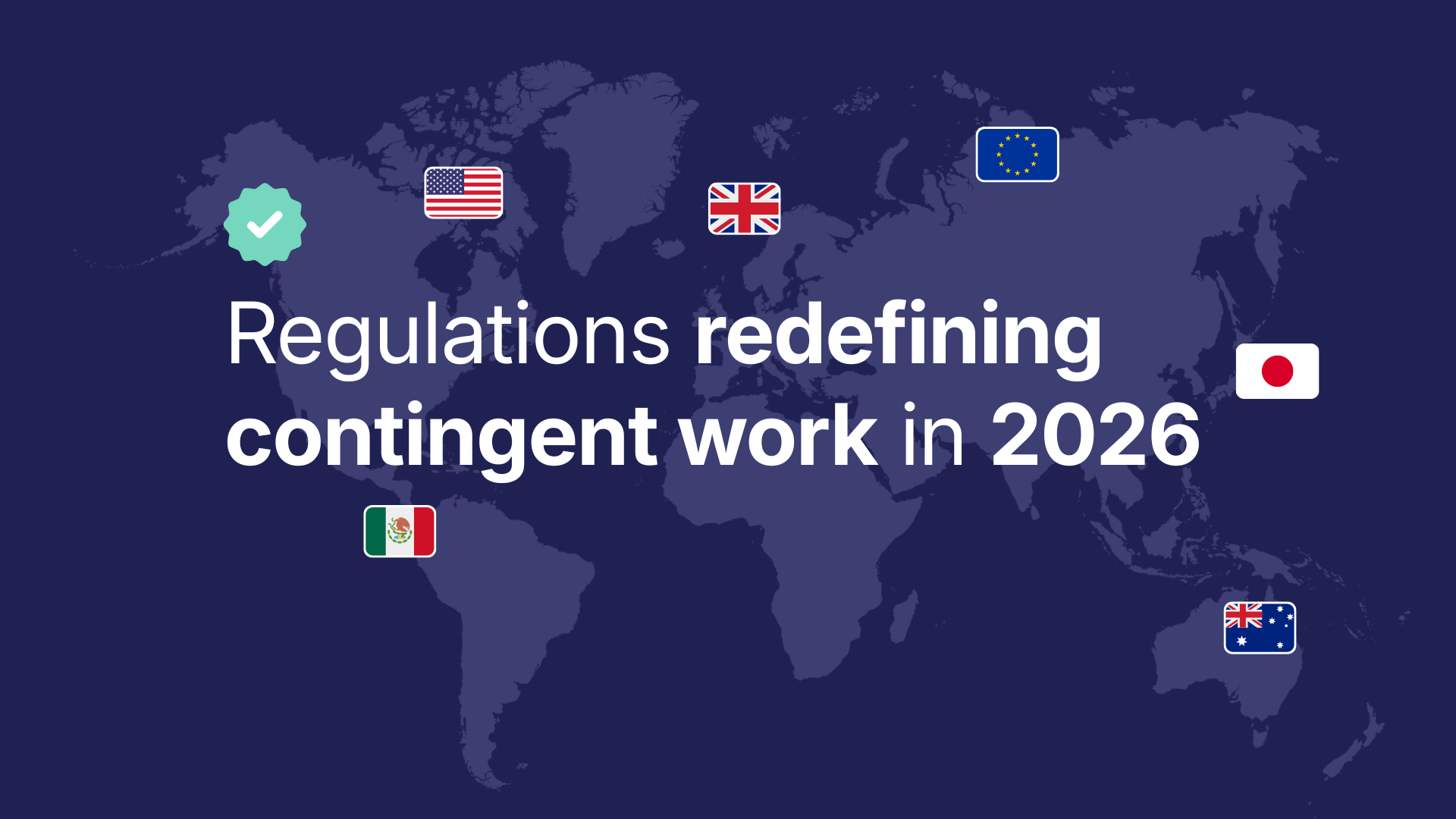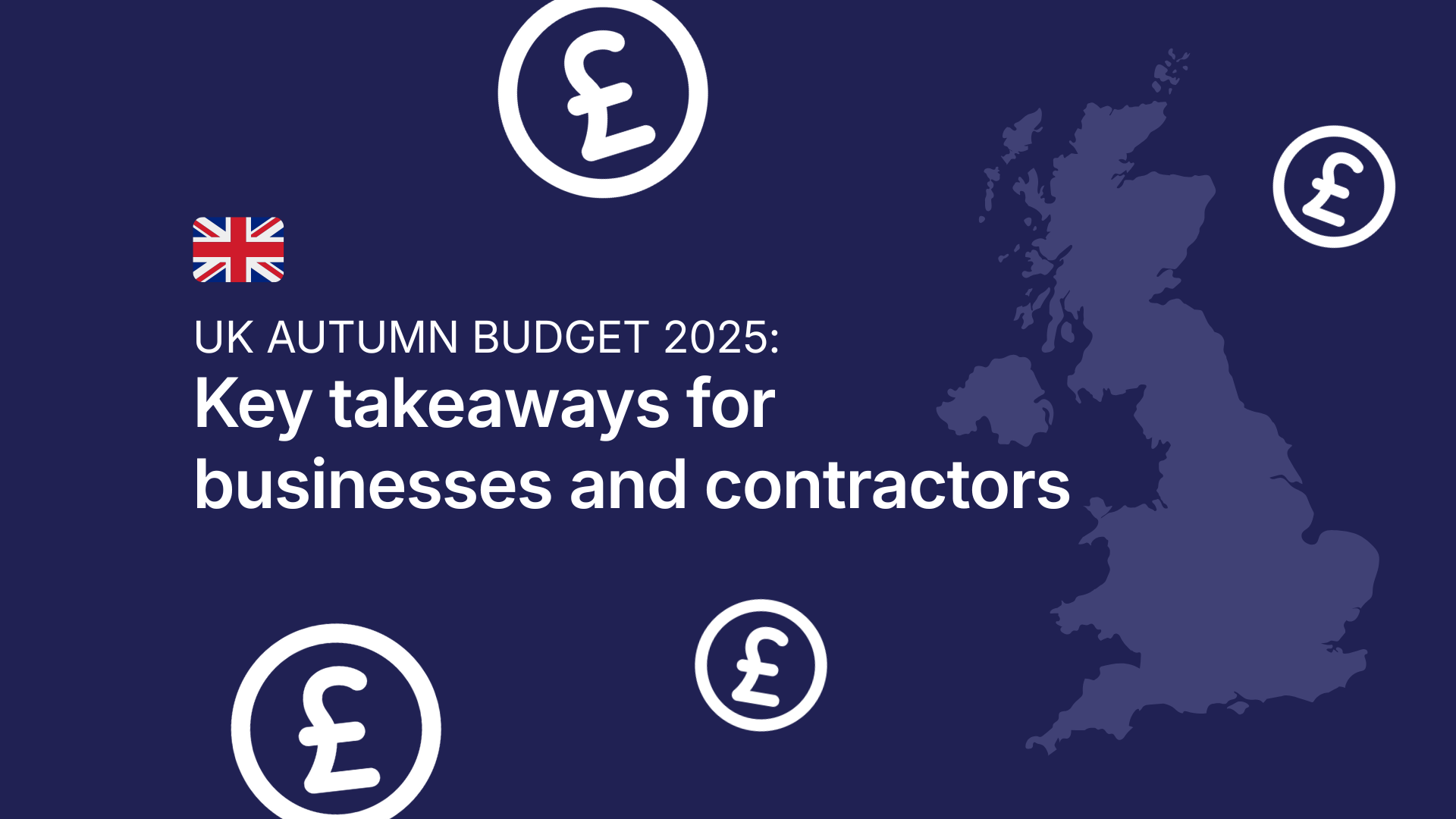As our annual day rate report for 2022 is published, there have been some key take-outs when it comes to calculating rates. From external influences such as IR35, the rising cost of living and of course, experience, there are a lot of factors that come into play when working out a freelancer day rate.
As a platform, we’re very transparent about day rates and since starting our annual day rate report, we’ve encouraged the ongoing discussion when it comes to pay. Unlike permanent roles that advertise their salaries, freelancers don’t have industry benchmarks which is why we started publishing our own.
We spoke to freelancers across all disciplines on our platform to understand how they calculate their own day rates, what their process typically looks like and whether they change their day rate to suit the client or project.
Reviewing Day Rates Annually
Taking into consideration the rising costs of living is another vital part of reviewing day rates every year as external influences like higher bills and tax changes will have a direct impact on earnings. Unlike permanent salaries that typically go up with interest rates, freelancers have to review their prices to cover the increases that are out of their control.
We asked freelancers from every discipline how often they review their day rates and how they work out increases, considering the other factors at play.
With over 20 years of experience as a freelance UX designer, Andy Larkin shares his own approach to regular day rate review;
Yes, I'm fortunate to say I increase my rate once, occasionally twice a year. The best time to increase is before you start a position or at contract renewal when things have gone well and you've proven your importance to the project.
Likewise, Social Media professional, Christina McDermott shared;
I increased my rates this year(2022) for a number of reasons - I'm an award-winning social professional, I've got extensive experience working in social and have worked with a number of major global brands and because of the cost of living crisis as I primarily work from home, so my bills are usually quite high!
Product designer Matt Sewell also shared that he keeps his rates the same for all clients;
My rates are consistent across my clients. I’m more likely to not take a job if I feel I’m not the right fit for the project than charge a client more or less.
He also reviewed his day rates to keep up with the market, recognising a more buoyant market for designers;
I feel my day rate moves with what the market is doing. In the last two years, my maximum day rate has increased. However, more interesting for me is my minimum day rate has gone up higher. As the market is so buoyant, I don’t feel the need to sell my talents short in order to get work anymore.
Frontend Developer and email developer, Mary Hughes keeps up with her industry increase each year:
I make sure I do a yearly review of my day rate. In the past couple of years, I have increased them according to the market rates.
Development continues to increase in day rates since 2019, indicating continued demand and growth within the sector so reviewing rates regularly helps keep them competitive.
It’s key for freelancers to keep up with the market rates and their peers’ day rates, with materials such as the annual day rate reports, to avoid falling through the pay gap or under-selling their services.
The External Influences Impacting Day Rates
Reviewing day rates every year is a more common practice amongst freelancers than those who decide to adapt their day rate according to these factors;
The client - If they’re a smaller client, the day rate can be compromised, as PR professional Vanessa shares;
I have a flat scale of fees but adjust according to how many days are required by the client and the size of the client.
The project length - Shorter contracts can be at a higher day rate, according to Project Manager, Lesley-Anne who says she adjusts her day rate based on;
The type of role and the length of the project.
The budgets - Some freelancers choose to work within a set budget for a project, side-stepping their day rate
Recruiters - Frontend Developer Mary would find her day rate dictated by the recruiters placing her, at the start of her freelance career:
When I first started freelancing my day rate was always determined by the recruiters, which I thought was how the freelancing industry worked.
PR professional Vanessa takes a mixed approach when it comes to reviewing her day rates, combining all three, as she explains;
My fees are based on what I feel my services are worth in the current market, but being mindful of what other freelancers charge, of course
There are some more niche disciplines that can also dictate the day rate, as Creative Director, Script-Writer and Senior Creative Copywriter, Alex Cooper, shares;
Normally it’ll reflect the job role, e.g. if it’s a Creative Director role I’ll charge more.
Adapting Day Rates Per Project
Being able to take all these factors into consideration might be practical for some disciplines, many other freelancers find themselves working for similar-sized clients, or aren’t told the budgets for each project.
Freelance strategist, Joana Veiga adapts her own day rate based on a number of factors;
I adapt [my day rate] to the agency size, the client (start-up vs. multinational), inside or outside IR35, UK based or abroad… often agencies have a defined budget so it’s a matter of negotiation.
This is something that appears to be discipline-specific rather than an approach every freelancer takes as day rates are too competitive within other disciplines such as development, creatives and marketing. Whilst this approach suits Joana and her ways of working, it’s not always possible to be this accommodating.
Being flexible with a day rate can also depend on the discipline and work involved within the project, as 3D & 2D Visualiser, Laine shares;
My day rates differ mostly based on the type of work I'm doing. Like, 2D visualisations are charged differently than 3D work, both are day-rates.
Whilst this approach may not work for every discipline, it fits well within the expectations of film and motion projects and is another great example of adapting a day rate, depending on the work needed.
Being Transparent Can Help Bridge The Gender Pay Gap
Joana has also upped her rates for another very important reason; after learning that male strategists, doing the same job, were being paid more” opening a very important line of communication about rate transparency and the discussion of money.
One of the key take-outs from our own research was the need to discuss money more and share day rates to improve transparency and empower more women to simply raise their rates or ask for more money to equal their male count-parts.
The impact of COVID on Day Rates
Another freelancer to have reduced their day rate during the pandemic is PR professional Vanessa;
If anything, I have probably reduced mine or kept them the same. People want more for less these days!.
Recognising that a rate increase would put other businesses off as they try to recover from business disruption. This notion is reflected in the PR industry, as our report shared an 11% decrease in day rates since 2019. Vanessa is clearly very aware of her industry and the impact the pandemic has had on day rates.
Digital marketing specialist Rachel McNulty is also very conscious of the impact the pandemic has had on her clients, meaning she has kept her day rate the same since 2020;
I increased my rate slightly in 2020, namely because I realised from my peers how much I'd been underquoting. But I know times are hard for a lot of businesses right now and I recognise that I've been fortunate enough to work in a sector that hasn't been impacted so heavily. So I'm going to do all I can do to keep things at my current rate for as long as I'm able to.
Rachel is also supporting the data our own day rate report found, as day rates within the social media industry decreased by 8% since 2019.
Whilst being aware of the wider impact on business, keeping day rates the same over 2 years can leave some freelancers behind the discipline average, as LA discussed. LA shared her own experiences of being left behind when it comes to increasing her day rate in a post-pandemic landscape;
I used to increase my rates at least every 1-2 years. But since lockdown and covid hit, I’ve not been able to charge my day rate since then and I’ve had to match my rates as someone more junior. But it’s always my choice- rather than necessity unlike a lot of people- so it all evens out.







